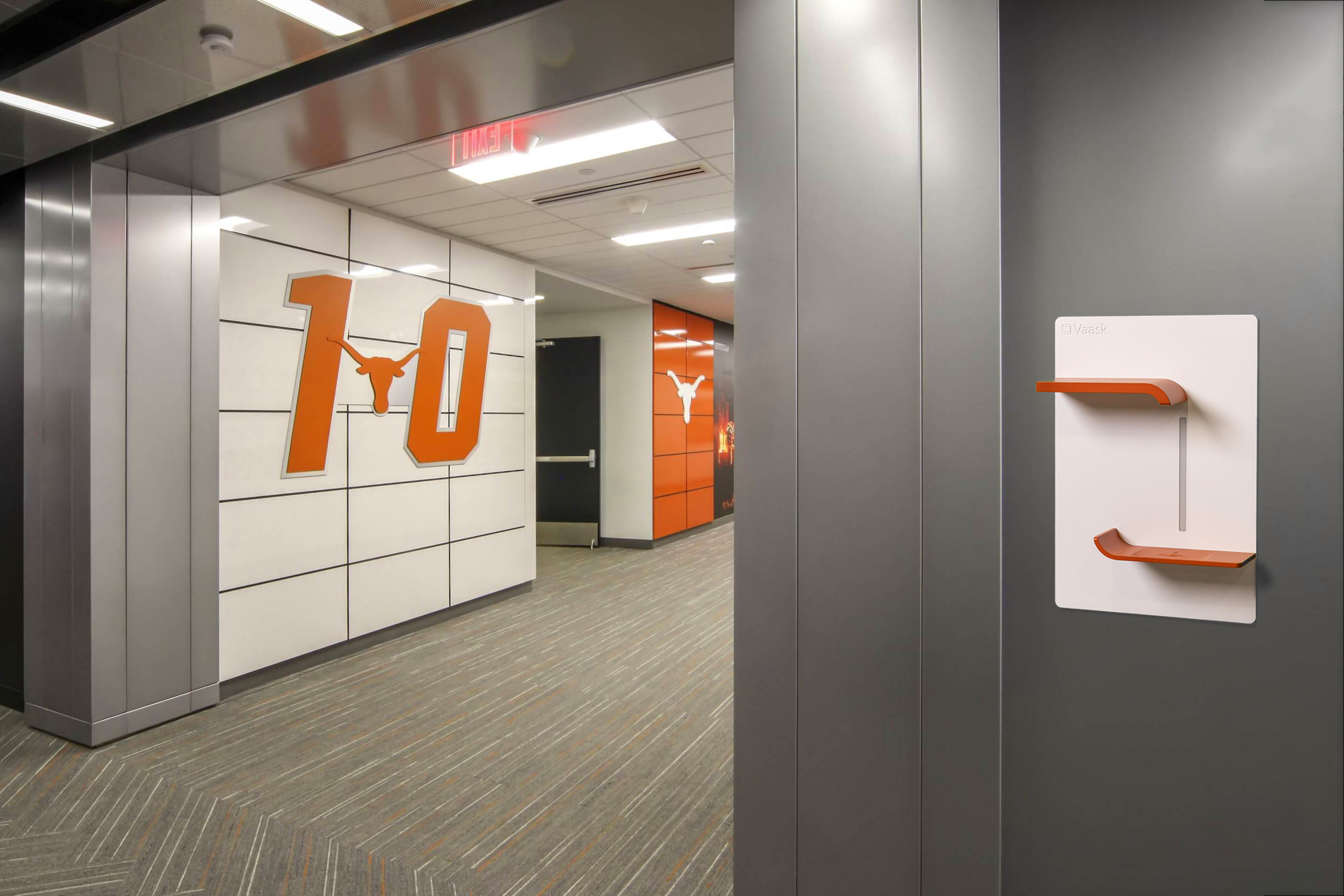Comprehensive Hand Hygiene Design
Learning Objectives:
- Discuss the benefits of designing hand hygiene into spaces.
- List the applicable regulations and best practices governing hand-cleaning devices.
- Recognize opportunities for certification points for proper application of hand cleaning devices.
- Examine approaches to designing spaces that people will be comfortable occupying, with an emphasis on lessons learned from the COVID-19 pandemic.
Credits:
This course is approved as a Structured Course
This course can be self-reported to the AANB, as per their CE Guidelines
Approved for structured learning
Approved for Core Learning
This course can be self-reported to the NLAA
Course may qualify for Learning Hours with NWTAA
Course eligible for OAA Learning Hours
This course is approved as a core course
This course can be self-reported for Learning Units to the Architectural Institute of British Columbia
Highly communicable diseases have elevated easily accessible hand hygiene stations from a nice-to-have to an essential amenity in every space. Hand sanitizer stations now need to be thought of as permanent fixtures, not owner provided consumables. This course aims to educate the participants on applicable regulations, recommendations, and best practices with regard to designing hand sanitizing fixtures into architectural spaces.

Photo courtesy of Vaask

|
Chloe Lee is a market specialist for Vaask, which sells a permanent, touchless hand sanitizing fixture. She focuses on architecture and hospitality, often serves as a spokesperson for the company and has been tapped to speak at conferences, mostly recently at the American Institute of Architects’ Conference in June. Chloe earned a Bachelor of Music from the University of Rochester in New York. Her background includes giving lectures and teaching music and other subjects in English and Korean, which she speaks fluently. |















